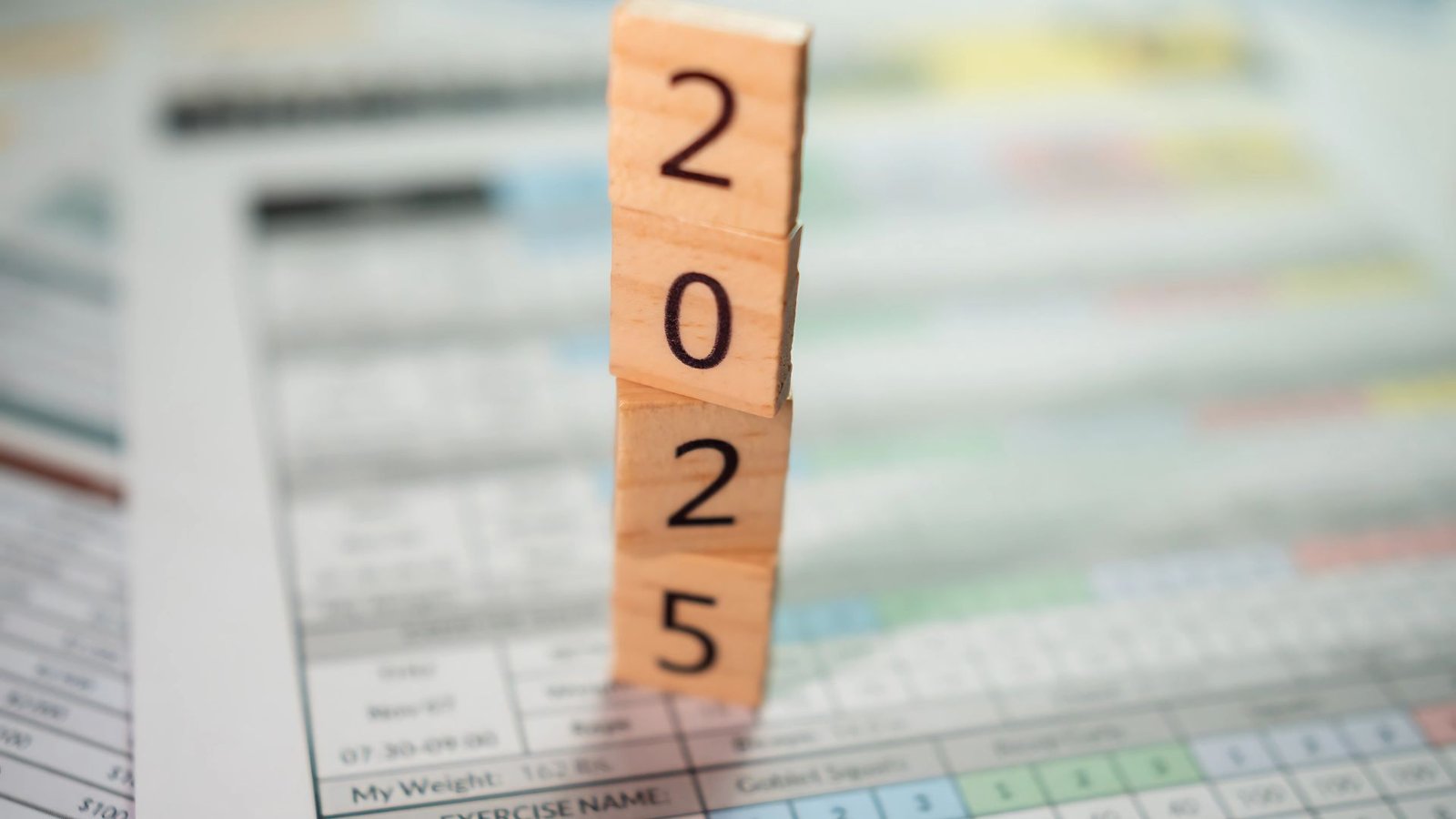
From Data to Decisions: How Next-Gen Analytics is Remaking 2025
The Quiet Revolution in Decision-Making
We have all been there gazing at a spreadsheet swimming in numbers trying to decipher what any of it means. Ten years ago, data analysis was a specialty skill relegated to statisticians and computer wizards. Today? It’s the backbone of nearly every smart decision, from what Netflix recommends next to how cities manage traffic.
But this is the thing: analytics in 2025 isn't so much about number crunching anymore. It's about storytelling, forecasting trends before they occur, and making decisions with certainty. And the best news? You don't have to have a PhD to unlock its potential.
Why Data Feels Different Now
Do you remember when "big data" was the term everybody used to throw around without really knowing what it meant? Those times are over. Today, analytics software is more intelligent, quicker, and above all more human-oriented.
AI doesn't only analyze it explains. Software like ChatGPT for Analytics and Tableau's AI capabilities don't only provide you with charts; they inform you why a trend is significant and what needs to be done next.
Real-time insights are the standard. Weeks waiting for a report? So last season. Retailers update prices every hour, hospitals forecast patient influxes before they occur, and marketers modify campaigns in real-time.
Data's not just for analysts anymore. With no-code tools such as Air table and Power BI, anyone can create dashboards. The entry point? Essentially zero.
The Game-Changers of 2025
1. Predictive Analytics: Looking Around Corners
Imagine being able to know which customers are about to leave before they are at the point of canceling a subscription. Or anticipating machine breakdown in a factory before it halts operations. That's predictive analytics at work based on history to predict the future.
Real-world example: Starbucks utilizes predictive models to recommend new flavors of drinks based on weather, location, and buying history. No crystal ball required just smart data.
2. Prescriptive Analytics: Not Just "What," But "What Now?"
Descriptive analytics tells you what has occurred. Predictive analytics hypothesizes what will occur. But prescriptive analytics? It tells you what to do about it.
Healthcare: Computer algorithms suggest custom treatment protocols based on patient history and worldwide research.
Retail: Dynamic pricing algorithms tweak prices in real time based on demand, stock, and competitor price.
It's like having a tactician whispering in your ear: "Here's your next move."
3. Embedded Analytics: Data Where You Already Work
No one wants to toggle between 10 apps to discover insights. That's why analytics is increasingly baked into daily tools.
Slack bots that provide a snapshot of sales trends in a channel
Google Docs that auto-suggest better wording based on engagement data
CRM systems that automatically flag high-risk deals
The aim? No more digging just decisions, quick.
The Human Side of Data
All this technology is useless if it doesn't come across as intuitive. The biggest change in 2025? Analytics gets more conversational.
Ask plain English questions. Solutions such as ThoughtSpot allow you to type, "Why did sales decline last quarter?" and see an immediate breakdown.
AI that acknowledges doubt. Rather than artificial confidence, newer systems report, "This forecast is 80% accurate here's why."
Visuals that actually make sense. Farewell, busy pie charts. Hello, interactive dashboards that call out what matters to you.
What's Next? (Hint: It's Not Just More Data)
The future isn't about gathering more data it's about asking better questions.
Ethical AI: As analytics becomes more powerful, businesses are valuing transparency. Who is impacted by this algorithm? Is there a chance for bias?
Small Data: Sometimes less is more. Deep insights trump blizzard-like dashboards.
Emotion Analytics: In addition to numbers, tools now monitor sentiment—what customers perceive about a product, or how employees feel about the workplace culture.
You Don't Have to Be a Data Scientist
The best thing about analytics today? You don't have to be a data scientist to take advantage. If you're a marketer, a small business owner, or simply someone who cares about trends, the tools are available and finally understanding you.
So next time you look at a chart, don't simply nod along. Ask: What's this really telling me? Because in 2025, data isn't information - it's power.
Grow your online course business with zero tech hassle.
SkillBloomer is the all-in-one platform for educators, coaches, and trainers to easily create, launch, and scale no coding, no confusion, just powerful results.
